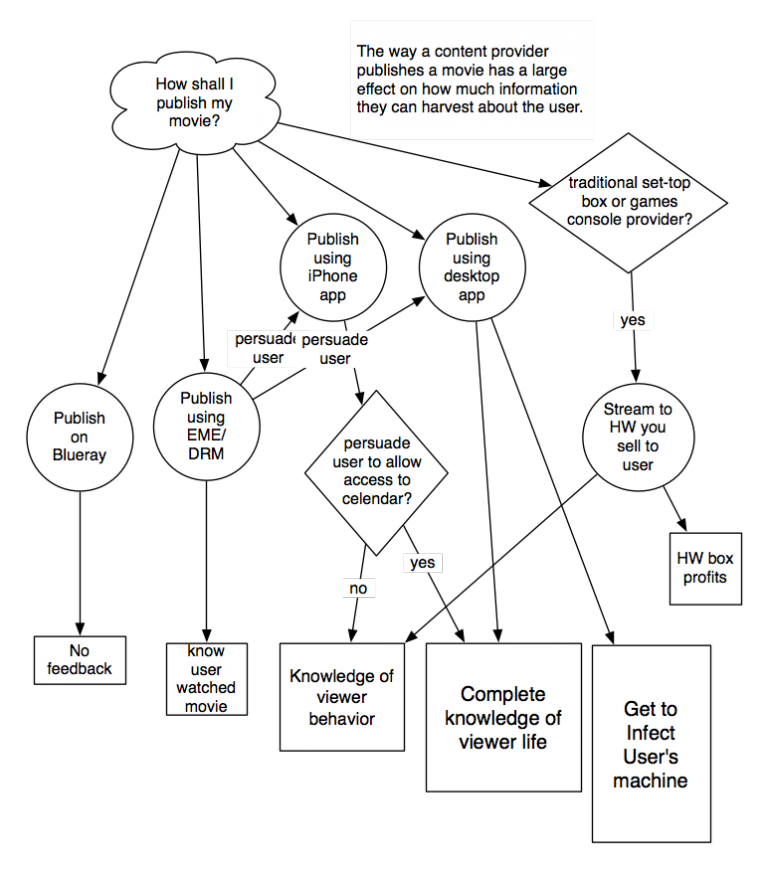Posts: 389
Joined: Feb 2015
Reputation:
40
+1 vote for DRM!
I don't see where the unethical issue is. That's the amazing thing about been an user of free open source software: you have freedom. Freedom to link your Kodi to use a DRM feature that is already in the system or don't! Just like Firefox.
Thanks Kodi devs for all your hard work.
Posts: 10
Joined: Apr 2017
Reputation:
2
I dont know what to say about all this other than I am sorry you are taking a lot of heat. I am just happy spending most of my time these days modifying an existing skin for me and my nephew.
Its nothing special, as I can't code or build a skin from scratch. What I can do is make my dreams of making a visual artstyle I have in my head come alive using nothing but my creativity, photoshop and the tutorials on this forum.
I am forever grateful to all present and former team members who contributed to make Kodi unique and great and easy to customize, your work is appreciated by a lot of people every day and I am sure most users are interested in making Kodi something more than just a streaming box, you just dont hear from them so much.
Posts: 152
Joined: Jan 2017
Reputation:
19
+1 low level DRM.
I have no problem with content creators wanting to have legal streaming subject to reasonable DRM (note emphasis on reasonable!). They have to make money otherwise there will be no movie industry.
It would be brilliant if Amazon Video and Netflix created their own Kodi add ons (or even better gave an sdk which allowed other people to create entirely legit add ons but which sorted movies and TV shows in different ways) which allowed you to access content you have paid for via Kodi.
Even better would be for my cable company to abandon its attempts to create a streaming app (I tried it, calling it laggy rubbish really does not convey just about unredeemably awful the experience was) and create a Kodi add on
The only downside I can see for my wish list is that we could end up with yet more crap Kodi boxes being advertised on ebay, amazon etc. but labelled "legit" as they only included DRM compliant add ons - that could adversely affect the Kodi name even more than the current "fully loaded" (ie completely illegit) Kodi boxes that are still being advertised





